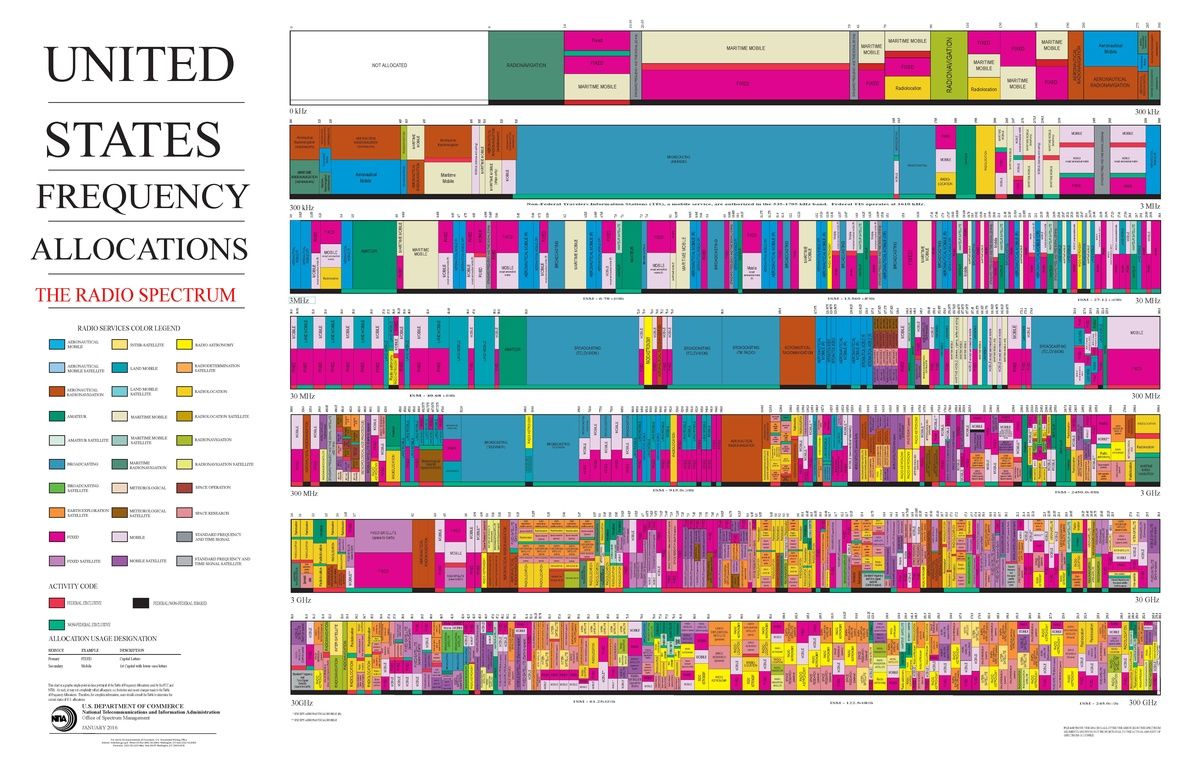A group representing more than 80 aviation, agricultural, academic and a variety of other industries and institutions that depend on GPS is imploring a congressional committee to block a 5G cell network that could disrupt GPS and other satellite-based communications. The group, which includes dozens of aviation companies and associations, including AOPA, is asking the Senate Committee on Commerce Science and Transportation to turn over a decision by the Federal Communications Commission to allow Ligado Networks to use a slice of radio spectrum currently reserved for low-power space-based signals. The fear is that the much higher powered cell signals will interfere with the tiny energy of the satellite signals that are used to control and direct a vast swath of modern systems and technology, saying it will “threaten the safety of most Americans.”
Ligado was awarded a slice of frequencies in the so-called L-Band to power a massive cellphone network in the U.S. The frequencies are currently reserved for the Department of Defense but the FCC decision would allow Ligado to run its cell service on them. They are adjacent to the frequencies used by GPS timing signals sent to ground stations and devices from aircraft navigation systems to smart watches. The cell signals will be more powerful than the satellite signals and there is concern that Ligado can’t prevent the cell energy from bleeding over to the adjacent frequencies. The FCC has rejected numerous objections to the decision, saying Ligado must prove it won’t drown out GPS and Ligado has dismissed the opposition as an electromagnetic turf war.
Meanwhile, Ligado, which was called LightSquared in an earlier failed attempt to launch its network in the L-Band about 10 years ago, has issued a press release saying it’s raised $3.85 billion in investor capital and is ready to start building the network. “Today is a great day, and now the fun begins. We’ve secured our license, we’ve raised the necessary capital, and we’re in a great position to work with the industry to get this spectrum deployed for 5G to support critical industries across the U.S.,” said Doug Smith, Ligado president and CEO, in the release.




































This never has added up to me. The FCC certainly doesn’t want to license this if it will interfere with GPS. It sounds like Ligado has to prove to the FCC that it will not interfere with GPS. Where is the FAA on this?
Ligado, in its earlier incarnation as LightSquared demonstrated clearly and convincingly that its proposed plan will disrupt GPS networks for a minimum of a 1400 nm radius of a solo transmitter running at a fraction of its proposed power. Phil Harbin, a venture capitalist behind LightSquared bought GPS guardband frequencies designated low power orbit to earth only, and proposed running high power terrestrial communications. The final blow was the test that clearly demonstrated first order harmonics falling directly in the GPS spectrum would decimate WAAS and gps throughout North America. Lightsquared went bankrupt, but like all bad ideas, Ligato has arisen from its ashes.
I kept my ADF. Still have it.
Money talks. It was a bad idea 10 years ago, it’s a bad idea today. But, helps fill the coffers of the bureaucrats, so, public interest, convenience, or necessity (as defined as the reason for spectrum licenses to be issued) takes a second row to investments, stockholder return, and executive bonuses.
Wonder why the FCC wouldn’t allow it ten years ago but will now? Oh – yeah, right 😒
The group of GPS users are 62 days premature in asking the Senate Committee on Commerce Science and Transportation to block the FCC’s approval of Ligado’s application–depending on what happens tomorrow.
Ever try and take a juicy bone from a dog? Unless things change, the Senate’s lapdogs will never let go…and the American people will get bitten yet again.
Not only aviation, but a whole slew of industries plus almost every personal car uses GPS navigation. You’d think that the auto manufacturers would chime in on this one too. Talk about killing the goose that lays the golden egg!
I was surprised to find out that many industries use GPS not for navigation, but for timing. GPS satellites are basically orbiting atomic clocks. Cell-phone towers use this time signal to keep their towers in sync with each other. This allows handling a multitude of calls simultaneously and seamlessly handing them off from one tower to the next as you scoot down the highway at 60mph.
This site gives just an inkling of how many industries use GPS for timing instead of navigation:
https://www.gps.gov/applications/timing/
The insatiable quest for more and more bandwidth already is creating this exact problem in other services. If you are a mobile user of Sirius/XM Radio you’ve probably noted occasional signal dropouts not attributable to buildings, terrain or thick vegetation. Most often it’s the result of a nearby cellphone tower which, transmitting on a different but nearby frequency, is blasting your XM receiver with a signal level so strong that it desensitizes the poor XM unit. This is of course merely a minor irritation affecting a limited user base. With GPS the consumer user base is much larger and in many cases is using devices that depend on tiny inexpensive integrated chip/antenna receivers that were never designed to function while subjected to high signal levels on nearby frequencies. It’s going to be a fun experiment.
I’ll stick with the FCC not approving Ligado’s scheme after the test are run.